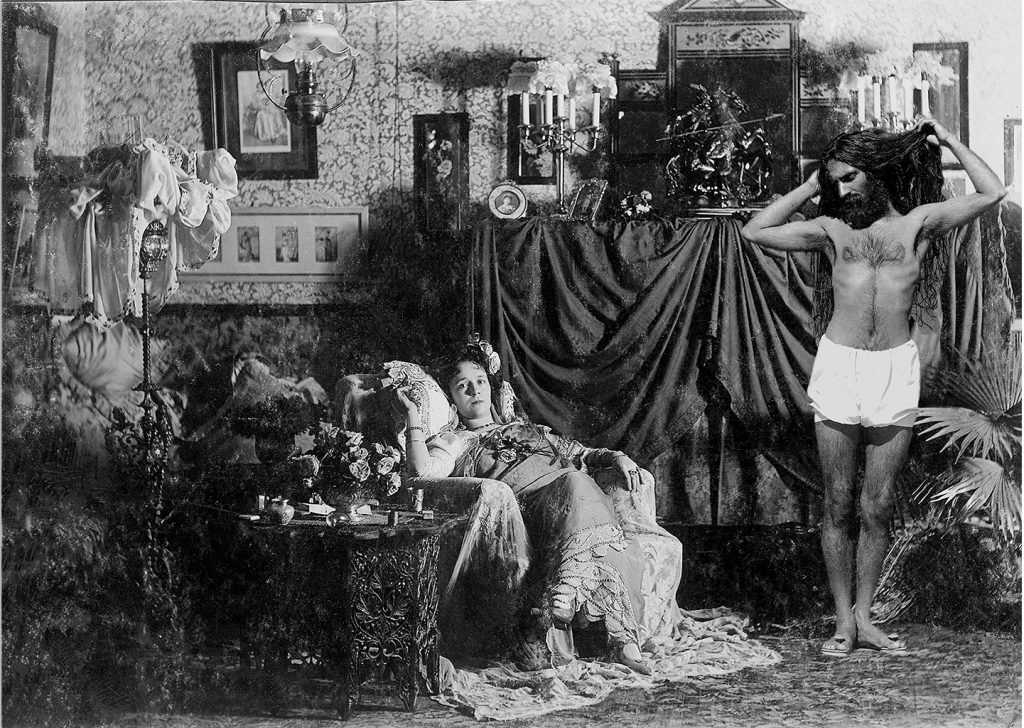
Artist: Vivan Sundaram
Culture/Country: India
Period: 2001(Marie Antoinette, Lahore, 1912; Umrao Singh, 1904.)
Dimensions: 15 x 21 in.

Artist: Vivan Sundaram
Culture/Country: India
Period: 2001(Amrita, Simla, 1937; Indira, Simla, early 1940s.)
Dimensions: 15 x 14.4 in.
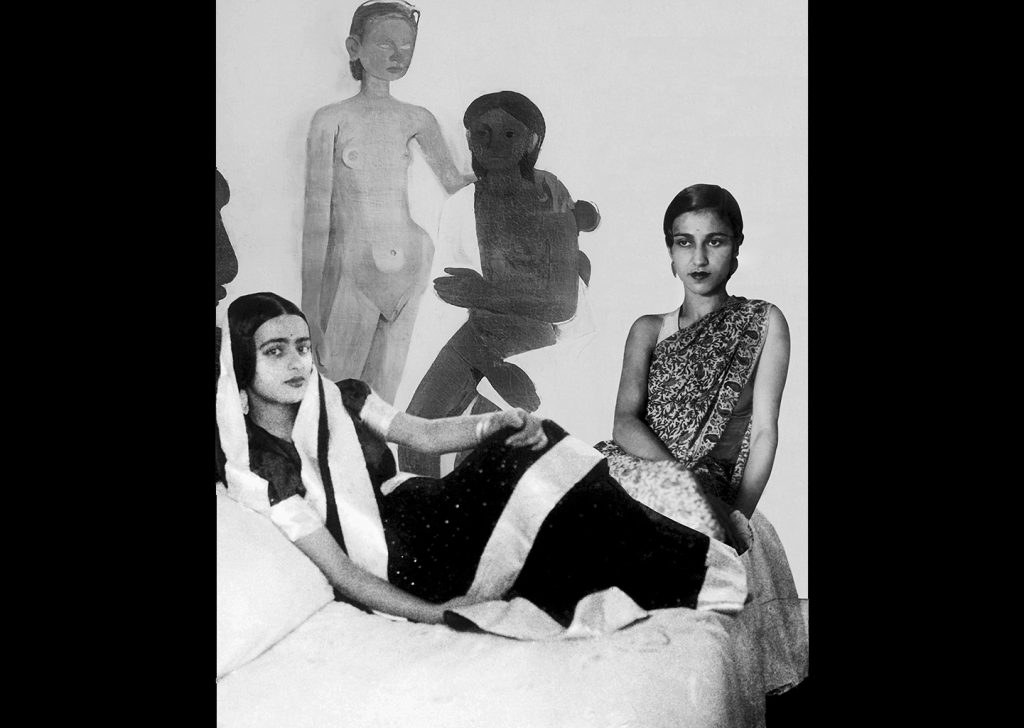
Artist: Vivan Sundaram
Culture/Country: India
Period: 2001(Amrita, Simla, 1937; Indira, Simla, early 1940s; Two Girls, detail, 1939, by Amrita Sher-Gil.)
Dimensions: 15 x 12.2 in.
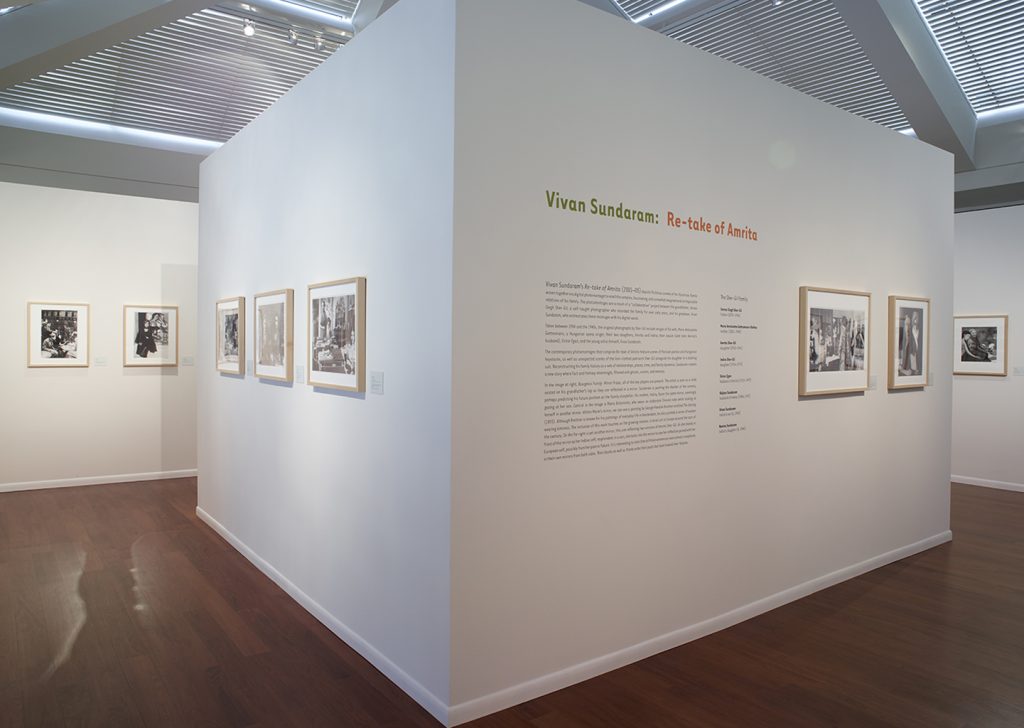
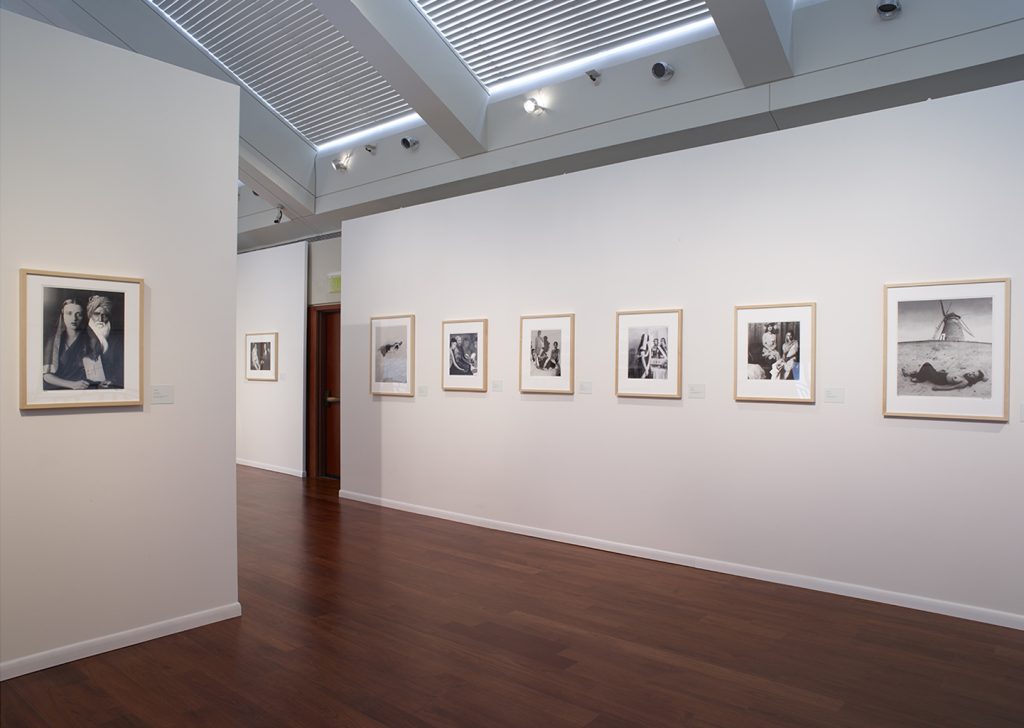
Vivan Sundaram: Re-take of Amrita reassembles the extended story of the artist’s family as seen in photographs and albums made by his grandfather, Umrao Singh Sher-Gil (1870–1954), a philosopher and amateur photographer. Produced between 2001 and 2005, the digital photomontages of Re-take of Amrita combine images that encompass three generations and incorporate not only Sundaram’s family but also the paintings, mirrors and household interiors of the period, collapsing both time and space into contemporary fictions.
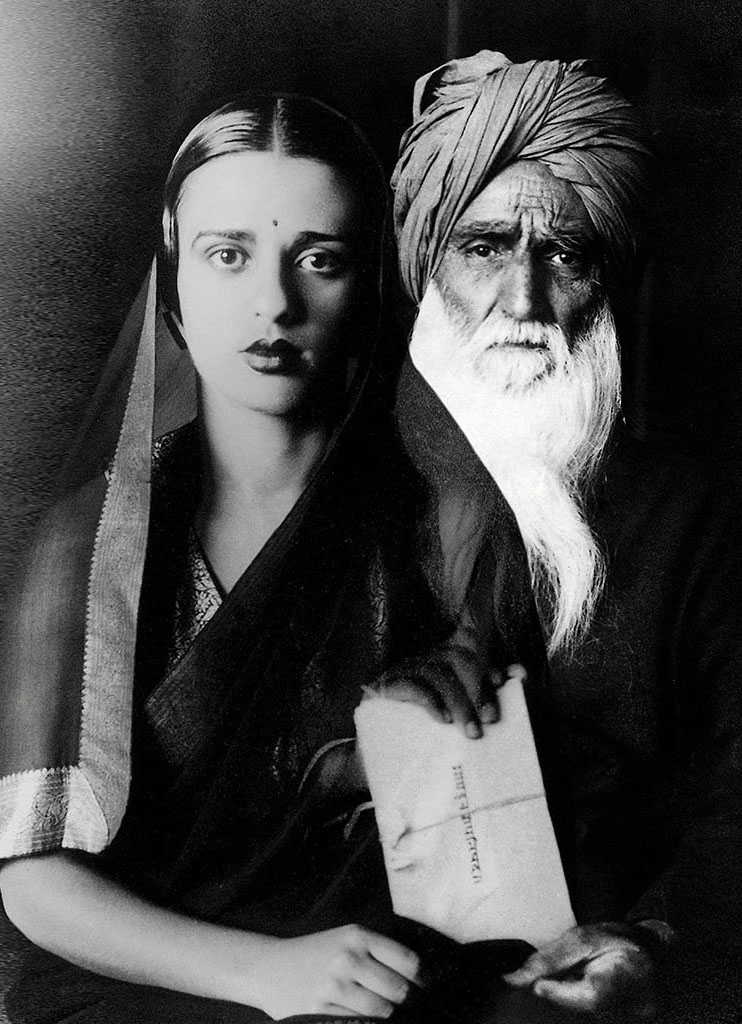
Taken between 1904 and the 1940s, the original photographs by Sher-Gil include his wife and Hungarian opera singer Marie Antoinette Gottesman (1882–1948); their two daughters, Amrita (1913–1941) and Indira (1914–1975); their cousin (and later Amrita’s husband), Victor Egan (1910–1997); and the young Vivan Sundaram (b. 1943), the artist himself. The modern montages that comprise Re-take of Amrita include scenes of Parisian parlors and Hungarian haystacks, as well as unexpected scenes of the loin-clothed patriarch alongside a young woman (his daughter) in a bathing suit. The family story is reconstructed into a complex web of relationships, places, and family dynamics, exposing Sundaram’s “re-take” of these family memories. By remixing the original photographs through Photoshop, the artist creates a tableau that omits space, time, and, therefore, reality.
Sundaram has created a new story where fact and fantasy collide; in unraveling his memories this way, the artist retells his history filtered through ghosts and visions. At the center of Sher-Gil’s family composites, or what Sundaram calls a “photo-dream-love-play,” is Amrita Sher-Gil, India’s most celebrated modern artist. After studying at the École des Beaux Arts in Paris, Amrita returned to India, where she fused traditional European painting with scenes from her Indian life. Tragically, this beautiful, young, and talented artist died suddenly in 1941 at the age of twenty-eight. Her legacy and her paintings, many of which hang as a bequest in the National Gallery of Modern Art in New Delhi, are as much about the story of Indian painting and modern art as about specific family history. Sundaram’s grandfather Umrao’s photographs and Amrita’s oil paintings become the foundation on which he blends fact and fiction through a careful reconstruction of these narratives.
The family story is reconstructed into a complex web of relationships, places, and family dynamics, exposing Sundaram’s “re-take” of these family memories.
Art historian Rakhee Balaram summarizes an important image from the series, Bourgeois Family, by stating: “The images interweave complex portraits within portraits of the genealogy of a cosmopolitan family. Vivan Sundaram’s appearance as a small child in one of the photographs, seated on his grandfather’s lap with a Voigtländer camera and surrounded by members of his family at different ages, tells another story. The image belies an adult Sundaram’s intent, on the one hand, to come to terms with the burden of legacy and a world of which he is unaware except through memory, photographs and paintings, and on the other, a design in retelling that truth through his own eyes. The game becomes as tragic and timely as any epic.”
As one of India’s premier artists, Vivan Sundaram brings his family legacy into contemporary times. Born in 1943 in Simla, Sundaram has had a long career, beginning with his formal training in painting at the Slade School in London. He works in a range of mediums, including painting, installation, assemblage, photography, digital media, and film. Activism has always been a strong component of his work and his life. He was instrumental in the establishment of Sahmat and the Kasauli Art Centre, organizations that brought together politically conscious artists, writers, activists, and thinkers in the 1970s and continue their efforts to the present day.


